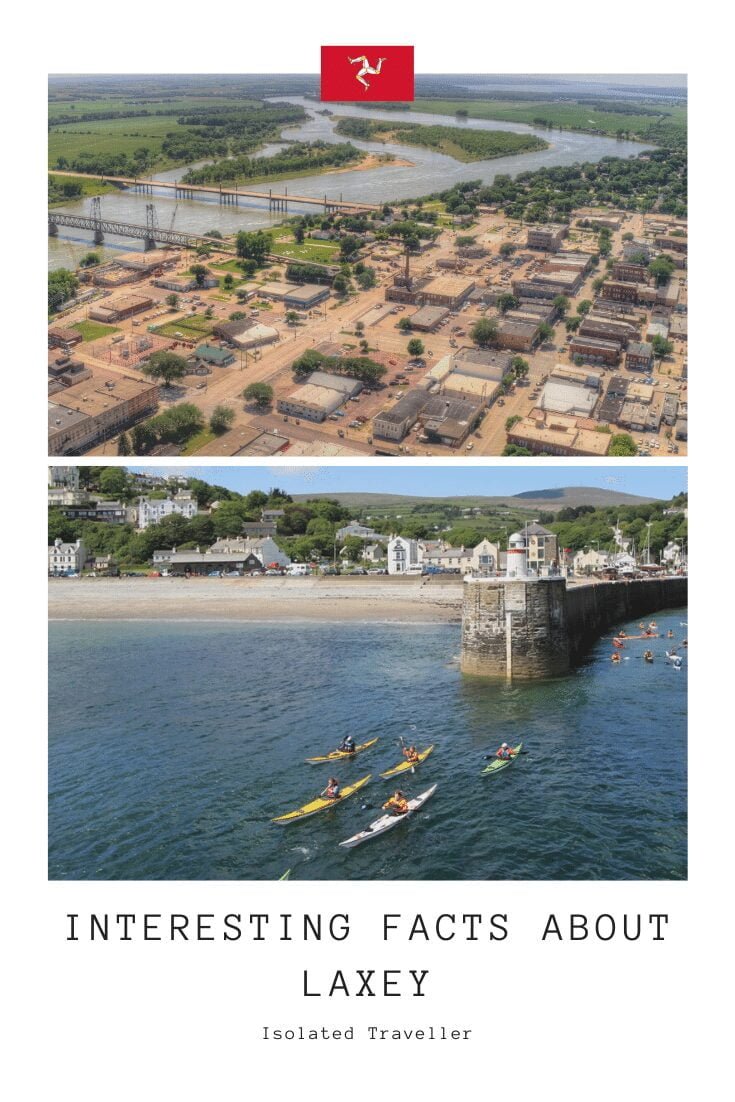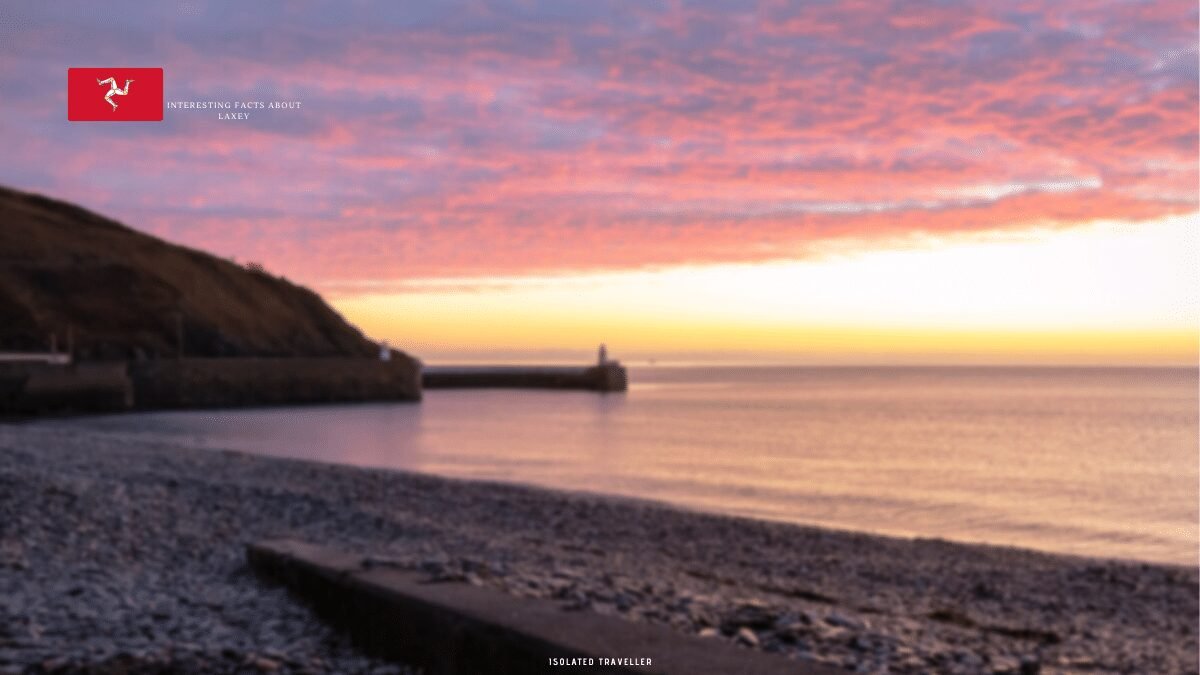Facts About Laxey
-
Laxey is a small village on the east coast of the Isle of Man, a self-governing British Crown dependency in the Irish Sea.
-
During the Viking Age, Laxey was a significant centre for trade and agriculture, and it is believed that both Norse and Irish raiders attacked the village.
-
In order to pump water out of the nearby mines, the Laxey Wheel, also known as Lady Isabella, was built in 1854. With a height of 72 feet, it is the world’s largest operational waterwheel.
-
The Laxey Woollen Mills are located in Laxey and have been using traditional techniques to create high-quality textiles since 1881.
-
The Isle of Man is well-known for the annual Isle of Man TT motorcycle race, which is held on open public roads all over the island, including the A2 road that passes through Laxey.
-
Electric tramway service on the Isle of Man passes through Laxey, serving as a vital link for getting around the island and boosting the local economy through tourism.
-
Laxey’s name derives from the Old Norse Laxa meaning ‘Salmon River’. Its main attractions are three operational vintage railways and the world’s largest working waterwheel. It
-
The estimated population of Laxey is 1,768.
-
The Great Laxey Mine, which reached its height in the 19th century, was one of the largest lead and zinc mines in the world. Laxey was once a significant mining hub on the Isle of Man.
-
The village has been used as a filming location for a number of movies and TV shows, including the 1998 film “Waking Ned Devine” and the BBC series “The Great British Bake Off”.


